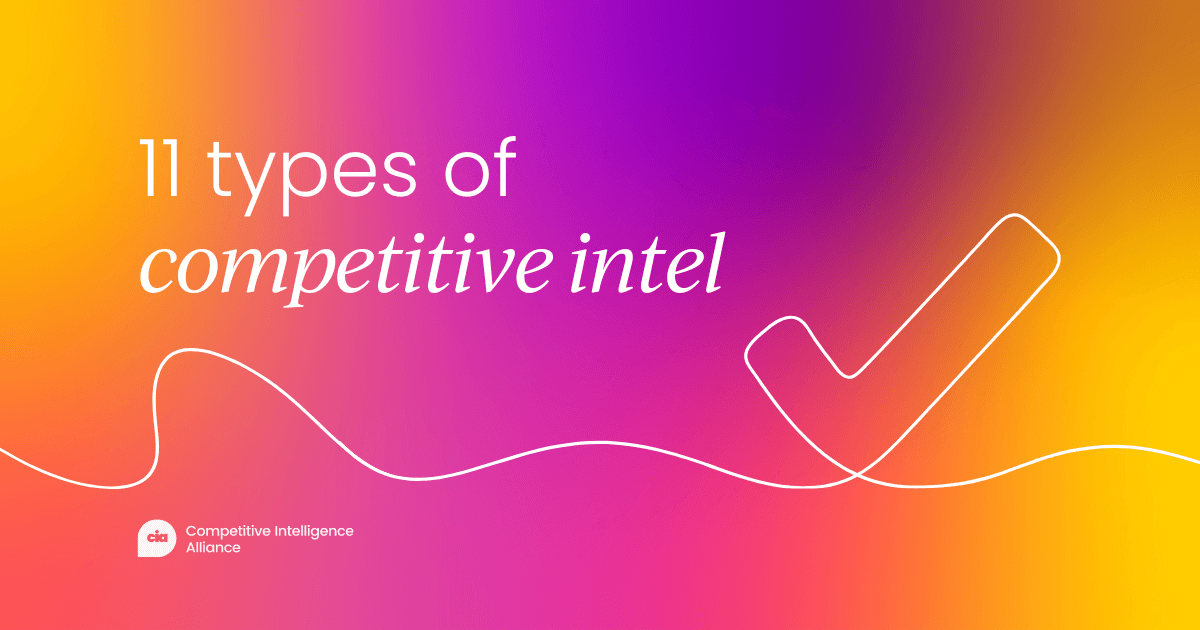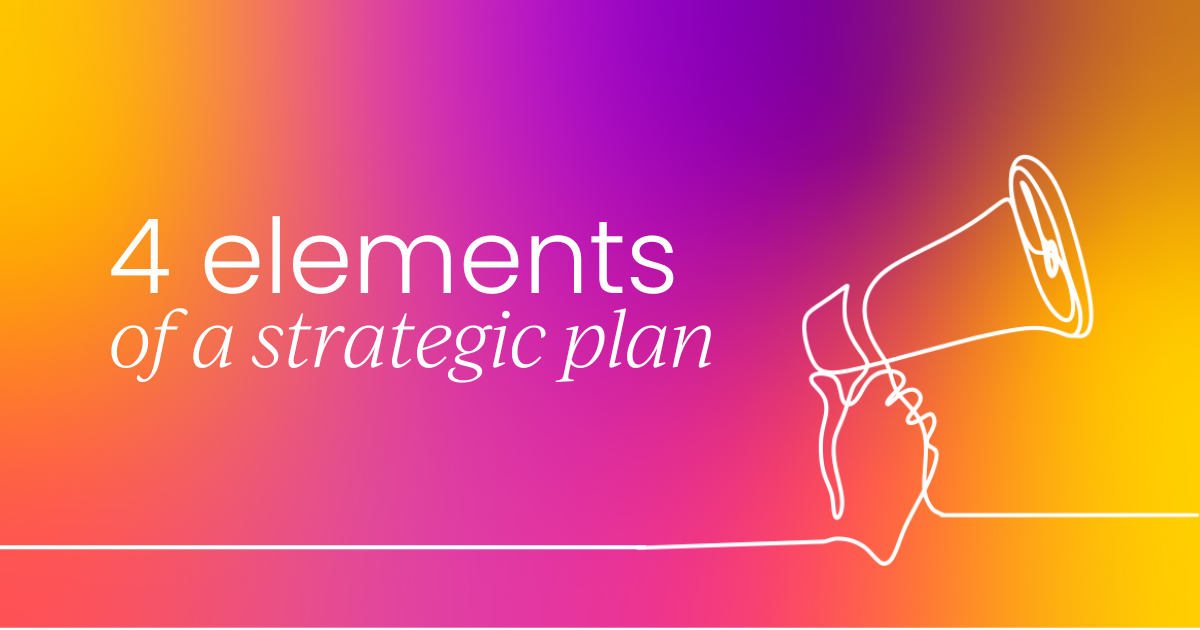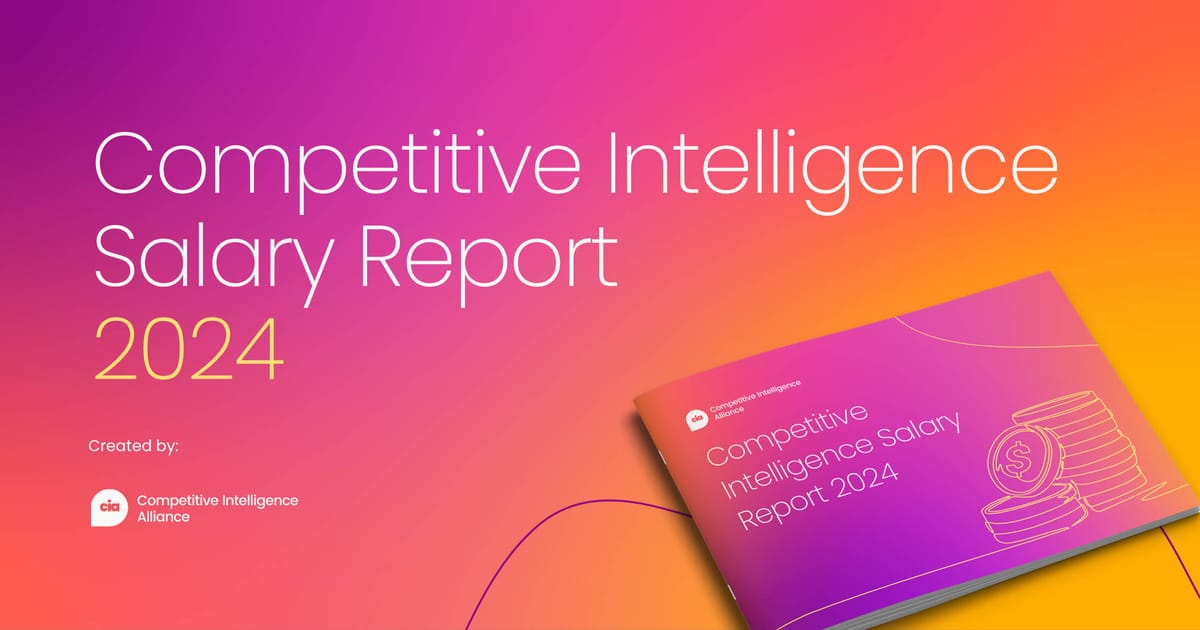Originally published on Medium.
Take your pick; the last few years have included no end of seismic challenges for all types of markets and industries. Whether it was weathering the onslaught of the COVID-19 pandemic, global supply chain disruption or recent economic downturn, there’s been plenty of reasons your business might want to reassess strategy.
Most Tiger Team efforts I’ve been part of start in response to external development. Others have been proactive initiatives to get ahead of future challenges (and in my experience, these have been the most fun ones).

Have you been asked to lead or join at Tiger Team effort? Are you thinking of getting one started? Perhaps you’re participating in one now, but it’s not going as planned. We will see how competitive intelligence can help an organisation get the most out of a Tiger Team before, during, and after the initiative.
For competitive intelligence to make a positive impact, it’s not just about what you bring but also how you present your insights, collaborate with others and adapt based on team dynamics.
Whatever the starting point, Tiger Teams: (cross-functional small teams made up of different subject matter experts across an organisation for a short-term project) usually come together in response to the emergence of some relatively unknown factor: Something that could pose an existential threat or opportunity for a company. The external focus that every competitive intelligence professional has is an excellent asset for Tiger Teams, improving the efficiency, focus and business decision that get made.
The before:
Does your organisation have a history of running Tiger Team efforts? If not, as a Competitive intelligence professional, it can be a fantastic opportunity for recognition for you and your efforts if you see a need and are the one to propose a Tiger Team project. If you’re looking to build your profile, initiating and/or leading a Tiger Team can be a great way to do it.
If you’re like me, part of your day-to-day activity will be scanning external news and market trends. In doing this, I like to keep a record of anything new or different that may not be immediately applicable but could have some value in future.
The better your archive and knowledge of an industry, the easier it will be to source the most relevant information for the project and share it with the rest of the Tiger Team.

Archiving may not be sexy, but it makes preparing for Tiger Teams much quicker than without it. An excellent way to get this going is to pick up on the topics your subject matter experts are interested in; I often spend time lurking in Slack or reading through recent presentations, listening to meeting recordings, or just having regular catchups with subject matter experts to keep in tune with what’s top of mind for them.
I use this info to help pick out relevant topics from my external searches and use a standardised format to record the findings where I outline:
(i) The topic
(ii) The relevance to the organisation
(iii) What’s noteworthy about the news
(iv) How it may impact the organisation.
This upfront work makes the information digestible for anyone in the org to read and easy to pull from later.
The beginning:
A Tiger Team usually follows a process of aligning on an issue statement, defining a plan, assigning roles, establishing a term for engagement, defining measures of success and disbanding. If one or several of these steps are missing in your Tiger Team effort, align on that topic immediately, the clarity of objective will help everyone involved.
For competitive intelligence, your input is most critical at the beginning and end of a project, with less involvement in the middle portion where other stakeholders, now informed with (hopefully) helpful context, are executing in their respective areas of expertise.
To set up a Tiger Team effort for success, I like to meet with the Sponsor of the initiative to get their direction on what they’d like the project to achieve. During this meeting, I’ll propose the content I think is relevant to the Tiger Team and determine if there are any gaps in what the Sponsor wants compared to the intelligence I have available. Then, directly after this alignment, while the conversation is still fresh, I will send an outline of content to brief participants in the Tiger Team.
In every Tiger Team I’ve participated in, there has always been an abundance of information to hand and insufficient time for the subject matter experts to take it all in. So summarising the most critical points becomes crucial to making a Tiger Team successful.
Usually, the approach I’ll take is to compile all relevant information with links to external sources in one central document but begin with no more than five slides that present:
(i) Front and central: if the Team only reads one slide, let it be this one, a summary of the critical points of competitive context that usually includes — who the main competitor is and why, the most relevant market dynamics to be aware of at the current market trajectory, what the most likely evolution of the Market is and finally what are the favourable factors for the Organization or opportunities for innovation and differentiation.
(ii) The market context — keeping it very recent, not dwelling on five years of history
(iii) The key competitors/products/offerings and the strategic importance of the Market for each
(i.e. the resources each competitor has to make their offering a success)
(iv) Visual representation of the various competitor positioning — usually, I’ll create a 2x2 matrix with axes that are relevant to the issue at hand
(v) Expected future moves of how the Market will evolve over the agreed time horizon
Even with all this pre-read context, I ensure competitive intelligence can speak for a few mins during the beginning of the initial Tiger Team meeting. In this presentation, I put a lot of emphasis on making the content engaging, meaningful and relevant to the Team. Several times in Tiger Team initiatives, I’ve seen people reference what I cover in these talks as what sticks in their minds during the project to guide their strategy.

During:
Once the Tiger Team is in motion, each subject matter expert will likely be hard at work in their respective disciplines. It’s been a good practice at Tiger Teams I’ve been part of to meet regularly to share updates and discuss findings — these are valuable opportunities for competitive intelligence to understand if there are more specialised topics that any of the Subject Matter Experts could use to compare or gain context from what activity is happening in the current or related markets.
Though a subject matter expert may not expressly ask for input from Competitive (this could be the first time they are on a project with you and are uncertain of your role), it has always paid off when I’ve noticed a participant who could benefit from some more external context and then followed up with them offline.
Tiger Team efforts are not always totally collaborative affairs. There has certainly been finger-pointing between teams in many organisations I’ve been part of, and participants may feel that others are out to get them.
Competitive intelligence may bring facts from external Markets that are contentious or threaten the perspectives or decisions that people on the Tiger Team have made.
In situations like this, for the good of the Organization, Competitive intelligence needs to hold firm and present the facts and input that will help make the best decisions, even if it contradicts how internal stakeholders may view the Market. If times like this get heated, I have always relied on the facts and external substantiation to make my point.
While it may be difficult to swallow, holding impartial and firm on external dynamics will always pay off, not rising to the frustration or defensive behaviour others on the Tiger Team may be displaying.
As a side note, in the organisations where I’ve established strong connections ahead of a Tiger Team, these types of interactions have improved interactions throughout the whole project. Once everyone on the Team knows you are acting in everyone’s best interest, interactions are more subdues and amicable.

War Game?
Sometimes during a Tiger Team effort, an idea will emerge for moving forward. But to test this idea, the Team wants more certainty before moving forward. One option is to conduct a war game. War Gaming deserves an article all itself, but in brief, here are some basics to consider for Competitive intelligence to set up a war game that can have a beneficial outcome:
(i) Split subject matter expertise equally between teams,
(ii) Provide each Team with good context on what their specific strategic aim and resource available are
(iii) Keep each round no longer than 30 mins and conduct no more than three rounds
(iv) Develop a framework on how to award “points” and set the scene for each Team ahead of a round so that it focuses the participants’ creative juices.
The time-sensitive nature of these sessions can bring new ideas, force critical thinking, and allow team members to see situations from a different perspective. So often, while the core idea may not change much, there is better energy and clarity on how to implement the concept best to give it the best chance of success.
A war game tends to be one of the later stages of a Tiger Team effort. Sometimes it is the last activity before sharing results with external stakeholders and recommending a path forward.
For the final presentation of findings, which the Business or Product functions usually lead, Competitive again can have a role in the presentation by putting the plan in the context of how it may perform in the Market.
The aftermath:
Work doesn’t necessarily end when the Tiger Team disbands. Now the focus goes back to monitoring how market trends are evolving and being the first warning signal to the organisation on any new trends that warrant the concern of the organisation.
Defining several metrics that will indicate favorable or unfavorable performance in the Market is advantageous to ensure you’re catching timely signals to take action. It can be incredibly satisfying not just for competitive intelligence but for anyone who took part in the Tiger Team to see the Market evolving in line with predictions.
Market predictions coming to pass are a great sign of success for competitive participation during the Tiger Team and may invigorate the Organization to hold more regular Tiger Team exercises to anticipate future market trends.
Are you being under-compensated for your work? Find out in our Competitive Intelligence Salary Report 2024, where we exam the link between pay and factors like gender, seniority, and certifications.









.png?v=4917c1c27c)